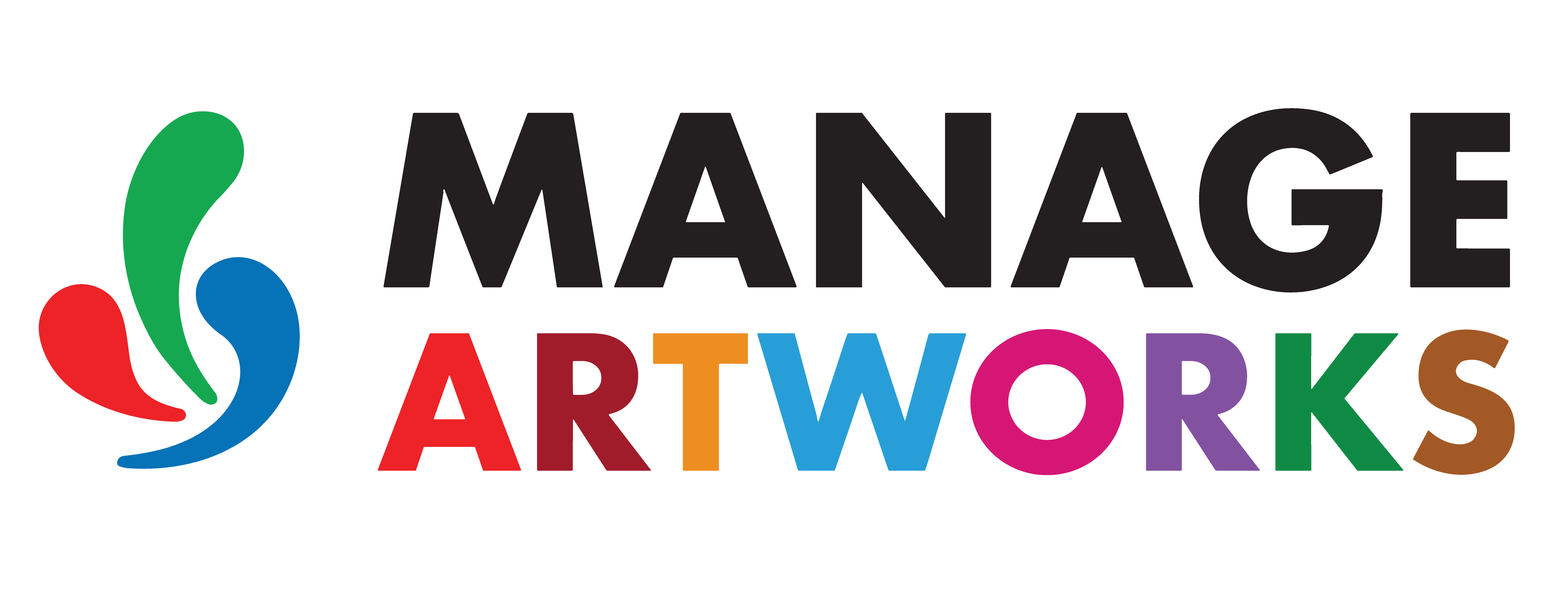Barcode Tool
Barcodes play a critical role in product identification, tracking, and compliance across various industries. Errors in barcode readability, incorrect formatting, or non-compliance with GS1 standards can lead to:
- Supply chain disruptions due to unreadable barcodes.
- Regulatory non-compliance in industries like pharmaceuticals and food packaging.
- Reprinting costs and production delays due to barcode validation failures.
- Customer dissatisfaction caused by scanning issues in retail and logistics.
To address these challenges, the Barcode feature provides an automated way to analyze, validate, and grade barcodes directly within the ManageArtworks system. This ensures that all barcodes in artwork files meet industry standards before production.
Expected Benefits for Users
- Improved Barcode Accuracy – Ensures barcodes are readable and meet industry standards before production.
- Regulatory Compliance – Helps businesses comply with GS1 standards and industry regulations (e.g., FDA).
- Cost and Time Savings – Reduces barcode-related rework, printing errors, and manual validation efforts.
- Seamless Integration with Artwork Review – Allows barcode verification within the ManageArtworks ecosystem, eliminating the need for external barcode testing tools.
- Enhanced Supply Chain Efficiency – Ensures barcodes are correctly formatted and scannable, reducing delays in logistics and retail.
Best Practices
Ensuring barcodes are scannable and reliable is essential for regulatory compliance, supply chain traceability, and automated packaging validation. Poor barcode design can cause scan failures during proofing or at various stages of the packaging lifecycle. Follow these best practices to ensure optimal barcode performance:
01. Use High-Contrast Color Combinations
The readability of a barcode depends greatly on the contrast between its bars and the background.
- Always use dark-colored bars (such as black, dark blue, dark green, or dark brown) on a light-colored background (like white or pastel shades).
- High contrast ensures barcode scanners and verification systems can accurately detect and decode the barcode.
Avoid using:
- Light-colored bars on light backgrounds (e.g., yellow on white)
- Dark-on-dark combinations (e.g., navy on black)
Although these combinations may appear visually acceptable, they often lead to failed scans due to low contrast—especially under varying lighting conditions or when printed on different packaging materials.
02. Maintain Correct Barcode Magnification
Barcode size must adhere to specific magnification standards based on the type of code and its intended use. Improper sizing can compromise scannability: barcodes that are too small may be unreadable due to print limitations, while barcodes that are too large can exceed scanner tolerances or interfere with other artwork elements.
To ensure optimal scannability:
- Maintain the barcode at its nominal size (100%) or within the permitted range defined by standards such as GS1.
- If resizing is necessary, verify that the new size complies with the barcode type’s tolerances.
- Never resize a barcode without checking how the change affects scannability across different scanning systems and printing conditions.
03. Respect Quiet Zone Requirements
The quiet zone is the clear, unprinted space surrounding a barcode. It acts as a buffer, allowing scanners to identify where the barcode starts and ends. Without an adequate quiet zone, a barcode may not be detected or decoded correctly—even if the bars themselves are printed accurately.
Quiet zone requirements by barcode type:
- Linear barcodes (e.g., Code 128, UPC): Minimum quiet zone of 10× the width of the narrowest bar or 0.25 inches, whichever is greater.
- QR codes: Minimum quiet zone of 5× the module size (the size of one black square within the code).
- DataMatrix codes: Minimum quiet zone of 2× the module size.
Always maintain sufficient spacing around the barcode in the artwork. Avoid placing graphics, text, or dielines too close to the barcode edges, as this can interfere with scanning and verification.
04. Creating Barcodes with the Correct Height
Proper barcode height is critical for ensuring reliable scannability, particularly with handheld scanners that may be used at an angle. Even if the barcode width is correct, a barcode that is too short can fail to scan consistently.
Guidelines by barcode type:
- Linear barcodes (e.g., Code 128, UPC): Minimum height should be at least 15% of the barcode’s length (width).
- Retail UPCs: Follow the standard height defined by industry specifications to ensure consistent scanning performance.
Always verify barcode height in the artwork and ensure it meets the recommended standards for the specific barcode type.
